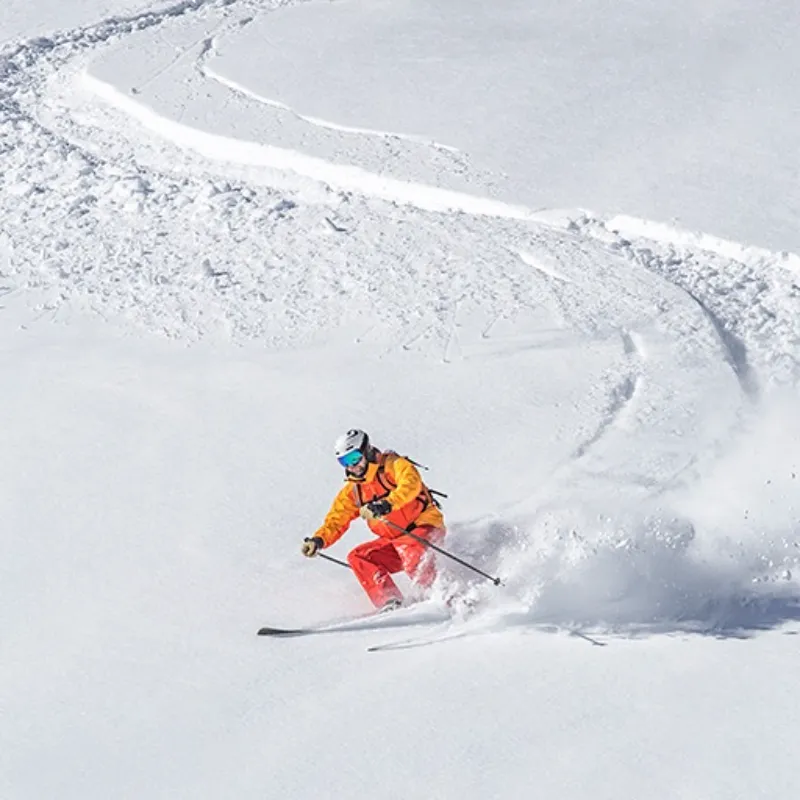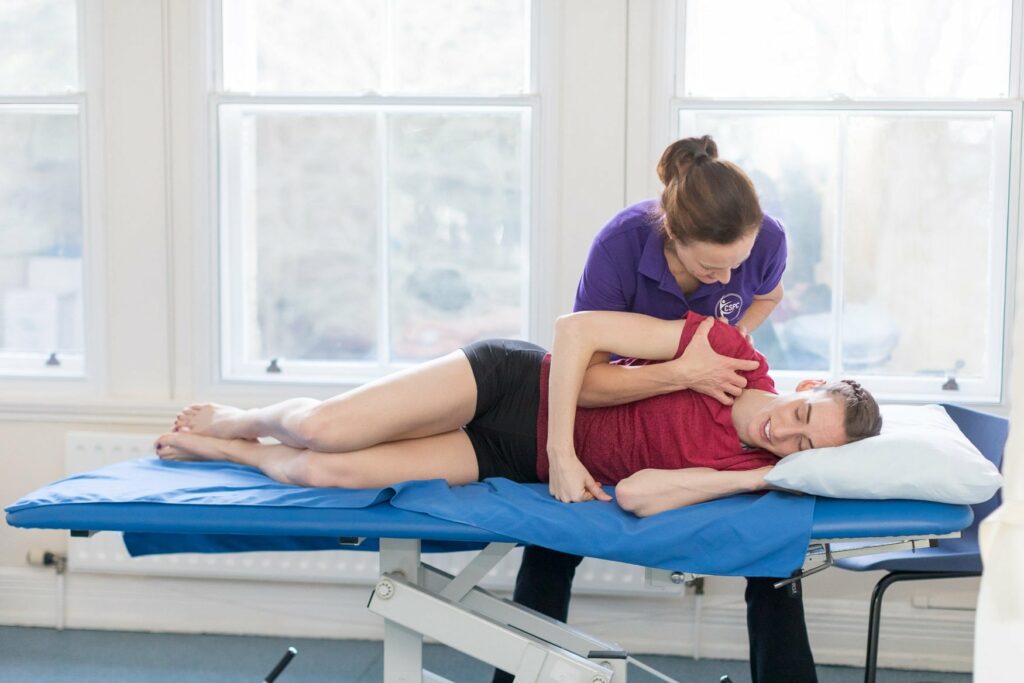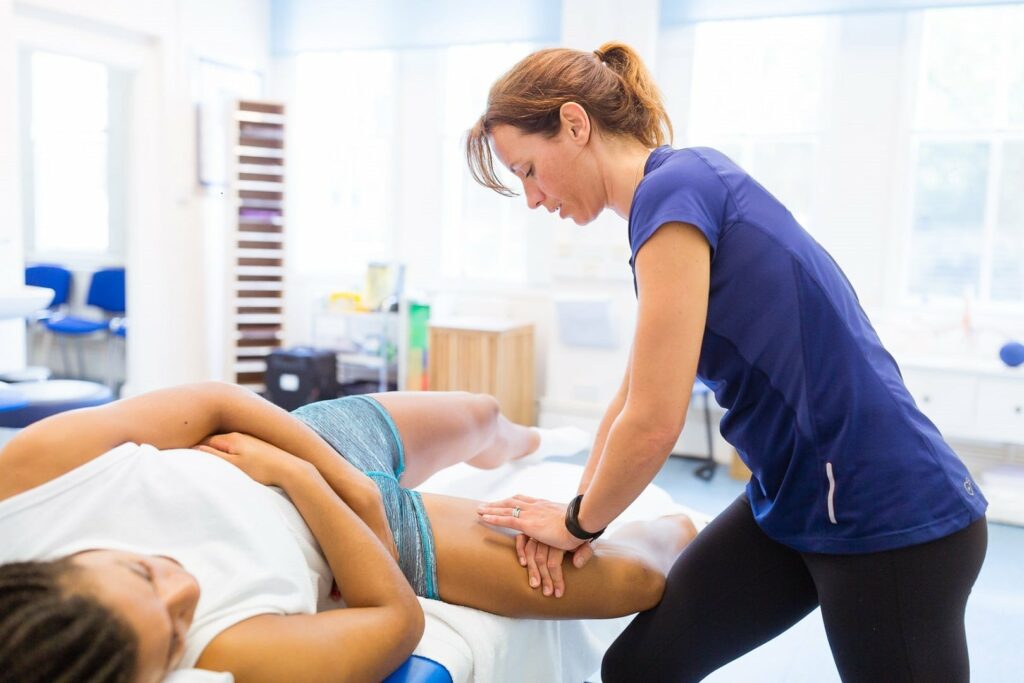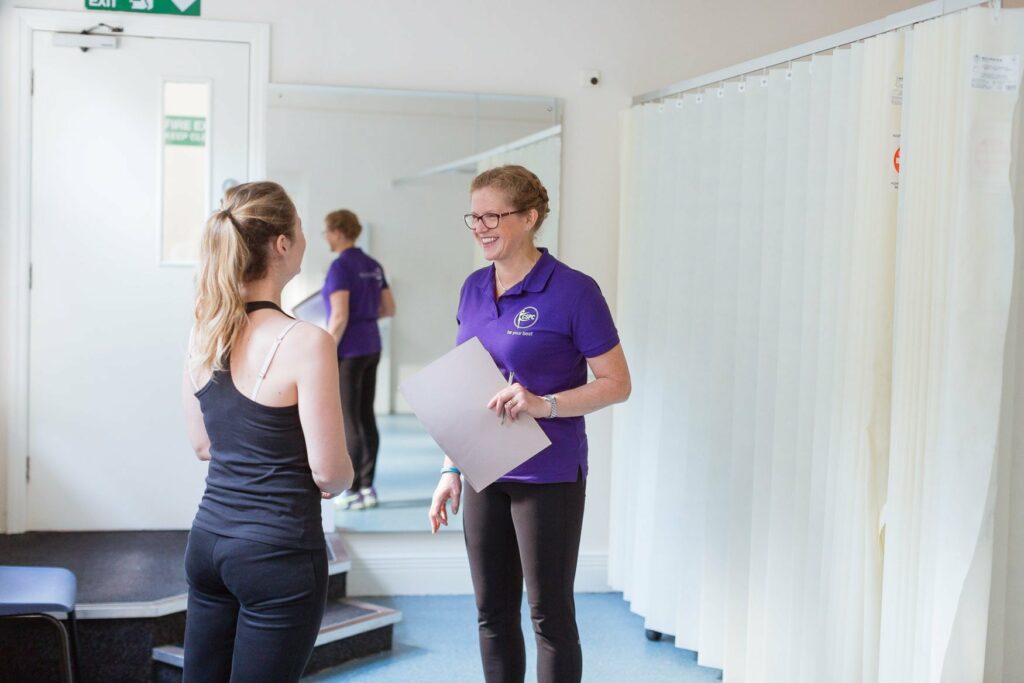Injury risks & stats in skiing
No one goes skiing or snowboarding to get injured but sometimes accidents happen, and injuries can occur. Skiers have a higher risk of lower limb injuries with 41-77% of all skiing injuries affecting the knee.
Snowboarders have a higher risk of upper limb injuries with the shoulder accounting for 14% of all snowboard related injuries (Davey et al, 2019). Both sports do though have an equally high chance of concussion accounting for up to 42% of all snow sport related injuries, although this is significantly lower than before the widespread use of helmets (Weinstein et al, 2019).
Age and gender also come into play when it comes to injuries. Although one literature review showed the mean age of injury to be 30.3 years, it went on to highlight that the two greatest populations at risk were adolescents and adults older than 50 years. The age of recreational skiers and snowboarders is on the rise, which clouds the water on research into age related snow sport injuries. It did though show that whilst males were more likely to sustain an injury than females by between 5-25%, males were more likely to sustain a fracture whilst females had a higher incidence of knee and primarily ACL injuries (Shea et al, 2014).

Physical demands of skiing or boarding
So, now we’ve scared you with some facts, what are the physical demands of winter sports? Skiing encompasses a mixture of muscular strength, anaerobic power, anaerobic endurance, aerobic endurance, coordination, agility, balance, and flexibility. So it’s always worth asking yourself when was the last time you trained all of the above? In regards to muscular strength we know that the primary muscles used in skiing are the quadriceps, the glutes and the core, but we also know that upper body strength is equally important, mainly the triceps and biceps. The type of muscular strength is also a factor to consider, with skiing and snowboarding being the only sport to be dominated by eccentric muscle strength (Vogt et al 2016). As well as eccentric strength we also need to consider muscular endurance, muscular power as well as general physical fitness and conditioning.
What can we do at CSPC?
- Ankle range (dorsiflexion) / shin angle
- Hip mobility & ability to move the trunk separately from the pelvis
- Hip strength and capacity
- Core strength – Core is King
- Thigh muscular strength and capacity – Fit for one run, one day or one week?
- Balance / proprioception
- Muscle flexibility deficits
- General fitness and training plans
Final points
- If you don’t normally exercise daily for a week, it may be worth gradually increasing your levels of exercise prior to your trip, looking to work on both strength and endurance.
- Warm up and warming up. Before running straight off a chair lift and straight down a run make sure your body is ready for what your about to do. A simple warm up in your hotel can make the world of difference. Also ensure you have plenty of warm layers for long and cold chair lifts to save your muscles cooling down between runs.
- Last run syndrome – Most injuries occur when you are tired and your muscles do not have the capacity left to protect your joints. If you feel tired, you are probably tired. That one last run can wait until tomorrow.
- If it’s been a while since your last trip, make sure you take it easy and ski within your limits until you’ve found your feet. If you can, it might be worth booking a lesson or two to make sure you have not picked up any bad habits.
- Recovery is key. Whilst its important to have fun and enjoy everything that a ski holiday has to offer both on and off the hill, it’s also important to look after your body. Sleeping 8-10 hours a night, drinking plenty of water (1L per 1-2hrs) and stretching out tight muscles at the start and end of each day can help keep you going for your whole holiday.
References
- Davey A, Endres N, Johnson R, Shealy J (2019). Alpine skiing injuries. Sports Health. 11 (1), Pp 18-26.
- Vogt, M & Hoppeler, H (2016). The role of eccentric exercise training in alpine ski racers. In Eccentric Exercise. Physiology and Application in Sport and Rehabilitation, 1st ed.; Hoppeler, H., Ed.; Routledge: London, UK. Pp 132–147.
- Shea K, Archibald-Seiffer N, Murdock E, et al (2014). Knee injuries in downhill skiers: a 6-year survey study. Orthopedic Journal of Sports Medicine. 2 (1), 2325967113519741.
- Weintein, S., Khodee, M., VanBaak, K (2019). Common skiing and snowboarding injuries. Current sports medicine reports. 18 (11), Pp394-400.
See why patients
love CSPC Physiotherapy



